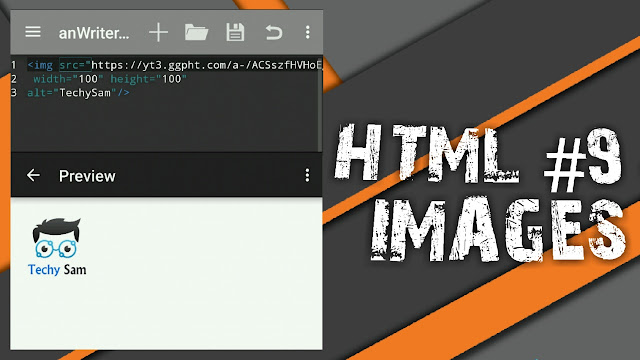HTML dfn tag
Example
Mark up a term with <dfn>:
HTML is the standard markup language for creating web pages.
Definition and Usage
The <dfn> tag stands for the "definition element", and it specifies a term that is going to be defined within the content.
The nearest parent of the <dfn> tag must also contain the definition/explanation for the term.
The term inside the <dfn> tag can be any of the following:
1. Just as the content of the <dfn> element:
Example
2. Or, with the title attribute added:
Example
HTML is the standard markup language for creating web pages.
3. Or, with an <abbr> tag inside the <dfn> element:
Example
4. Or, with the id attribute added. Then, whenever a term is used, it can refer back to the definition with an <a> tag:
Example
<p>This is some text...</p>
<p>This is some text...</p>
<p>Learn <a href="#html-def">HTML</a> now.</p>
Global Attributes
The <dfn> tag also supports the Global Attributes in HTML.
Event Attributes
The <dfn> tag also supports the Event Attributes in HTML.
Default CSS Settings
Most browsers will display the <dfn> element with the following default values:
Example
font-style: italic;
}







Comments
Post a Comment